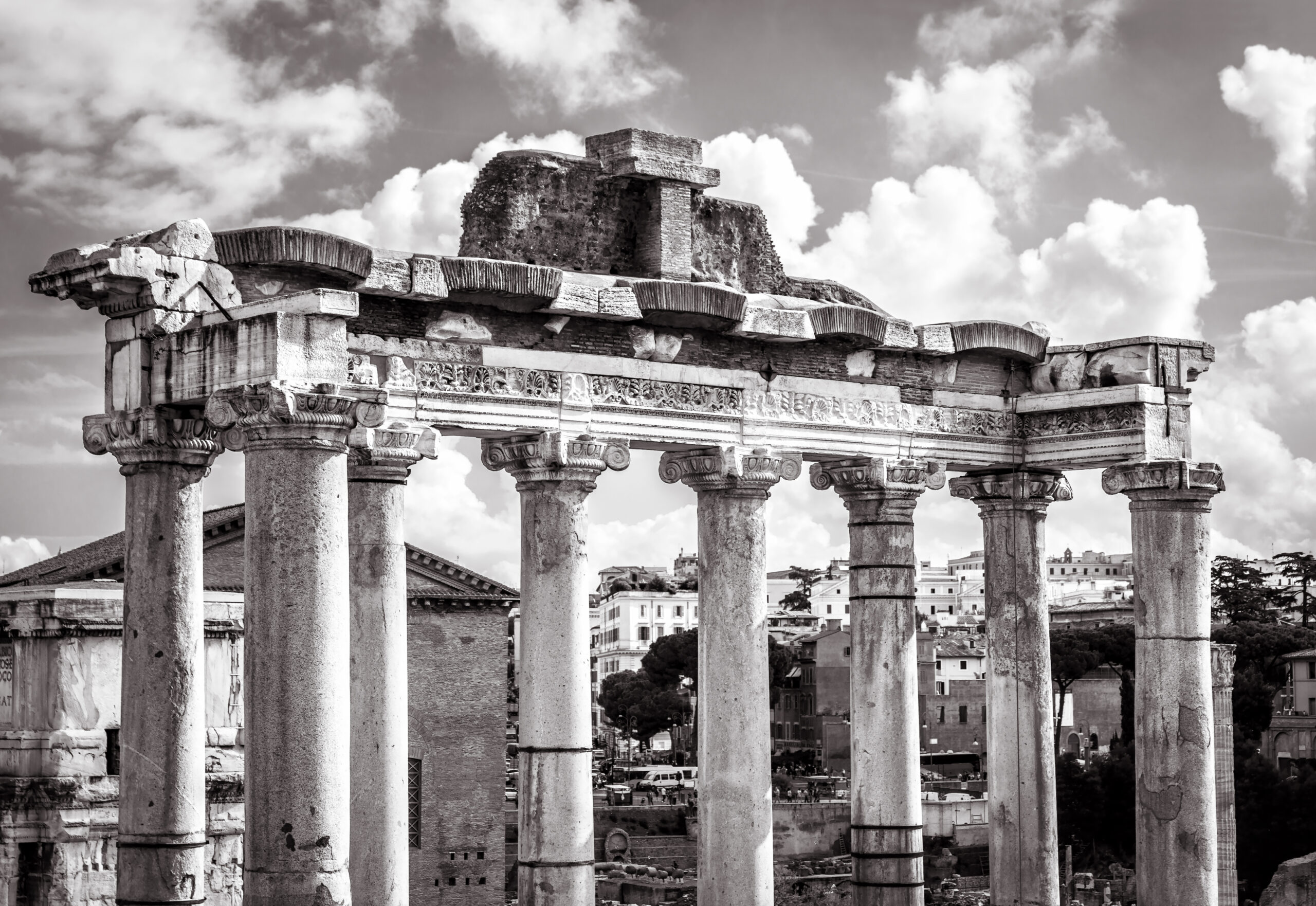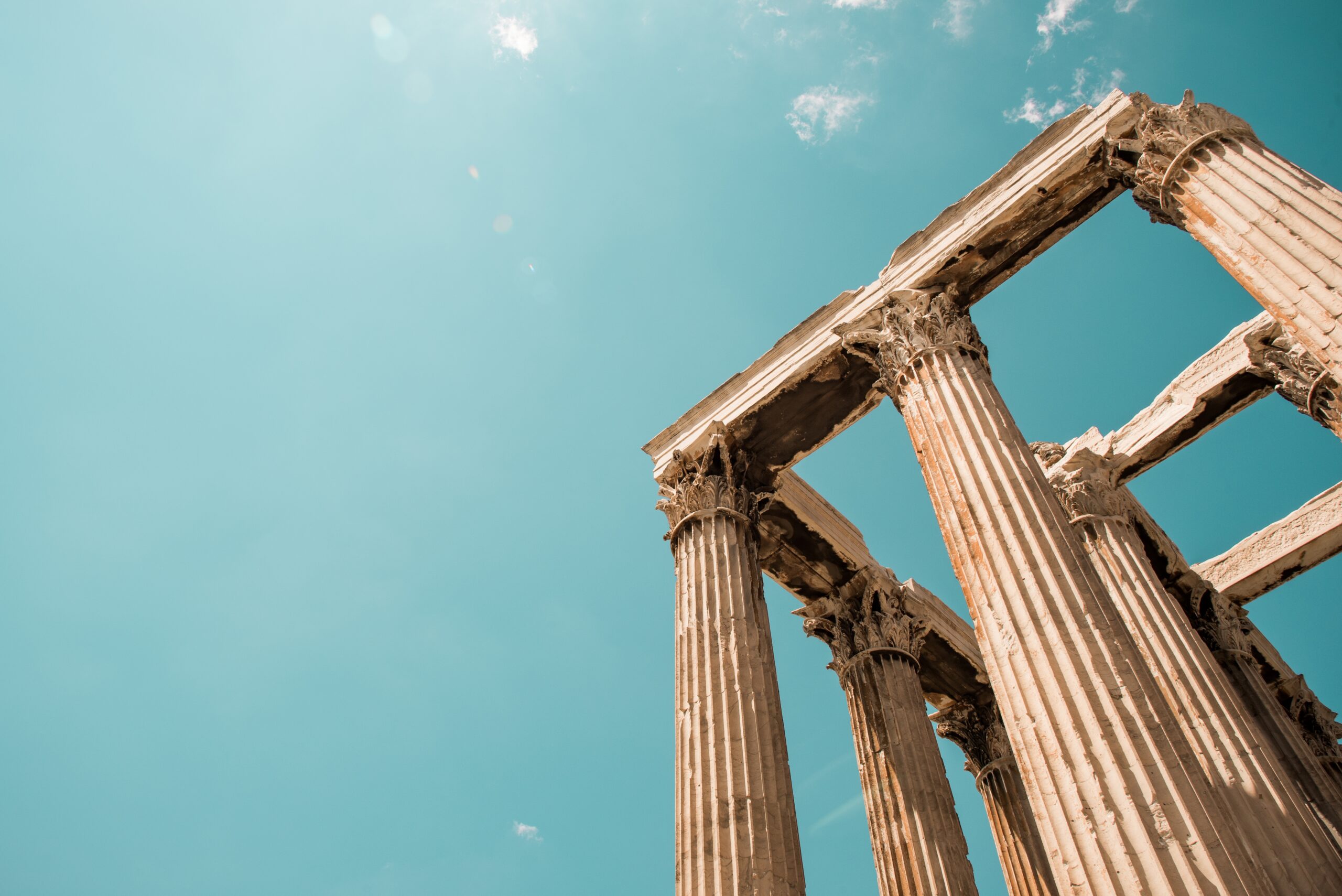Discover if you match this ancient people in our Shared Root Matches: Ancient America
Overview
The Rio Cauto Basin, located in Granma Province, Cuba, encompasses a significant area for understanding the pre-Columbian history of the Caribbean. Playa del Mango, within this region, provides important archaeological insights into the lives and cultures of the indigenous Taíno people who inhabited the area before the arrival of Europeans.
Genomic insights into the early peopling of the Caribbean
https://www.science.org/doi/10.1126/science.aba8697
Archaeological Context
The pre-Columbian period in Cuba, particularly in the Rio Cauto Basin, was marked by the presence of the Taíno culture. The Taíno were part of the larger Arawakan-speaking peoples who inhabited the Greater Antilles, including Cuba, Hispaniola, Puerto Rico, and Jamaica.
1. Taíno Culture:
- Time Period: The Taíno culture flourished in Cuba from around 500 CE until the arrival of Europeans in the late 15th century.
- Settlement Patterns: The Taíno established villages near rivers and coastlines, such as the Rio Cauto Basin, which provided abundant resources for fishing, agriculture, and trade.
- Dwellings: Taíno homes, known as bohíos, were typically circular and constructed from wooden posts, thatch, and palm leaves. Larger rectangular buildings, called caneyes, were used by the caciques (chiefs).
2. Economic Activities:
- Agriculture: The Taíno were skilled agriculturalists who practiced conuco agriculture. They cultivated crops such as cassava, maize, beans, squash, and sweet potatoes.
- Fishing and Hunting: The proximity to the Rio Cauto and the coast provided plentiful opportunities for fishing and hunting. The Taíno used canoes (dugouts) to navigate rivers and coastal waters.
- Trade: The Taíno engaged in extensive trade networks across the Caribbean, exchanging goods such as pottery, tools, and ornaments with other indigenous groups.
3. Artistic and Religious Practices:
- Petroglyphs and Carvings: The Taíno are known for their rock art, including petroglyphs found in various caves and rock shelters. These carvings often depicted religious symbols, deities, and animals.
- Ceremonial Objects: The Taíno created a variety of ceremonial artifacts, including zemis (religious idols) made from stone, wood, and bone. These items were central to their spiritual and religious practices.
4. Burial Practices:
- Cemeteries and Burial Mounds: Archaeological sites in the Rio Cauto Basin have revealed burial mounds and cemeteries where Taíno individuals were interred with grave goods, reflecting their beliefs in an afterlife and the social status of the deceased.
Environmental and Geographic Context
- Rio Cauto Basin: The Rio Cauto is the longest river in Cuba, flowing through Granma Province. Its basin provided a fertile environment for agriculture and a rich ecosystem for fishing and hunting.
- Playa del Mango: As a coastal area within the Rio Cauto Basin, Playa del Mango would have been an ideal location for a Taíno settlement due to its access to both marine and terrestrial resources.
Cultural and Social Structure
- Social Hierarchies: Taíno society was hierarchical, with a class of nobles (nitaínos) supporting the caciques. Below them were commoners (naborías), who were responsible for farming, hunting, and crafting.
- Political Organization: The Taíno political structure was organized into chiefdoms, each ruled by a cacique. These leaders held significant power and were often involved in regional alliances and conflicts.
Genetic Findings and Cultural Interactions
Genetic studies have provided further insights into the pre-Columbian populations of the Caribbean, including the Taíno.
1. Genetic Legacy:
- Mitochondrial DNA: Genetic analyses of modern Caribbean populations have revealed haplogroups that trace back to the indigenous Taíno, indicating a lasting genetic legacy despite the dramatic population declines following European contact.
- Cultural Continuity: Evidence suggests that some cultural practices and genetic markers persisted among the mixed populations that emerged after European colonization.
2. Interactions with Other Groups:
- Trade Networks: The Taíno maintained extensive trade networks with neighboring islands and mainland cultures, exchanging goods and cultural practices.
- European Contact: The arrival of Europeans in the late 15th century led to significant upheaval, with many Taíno communities being decimated by disease, warfare, and enslavement.
Conclusion
The Rio Cauto Basin and Playa del Mango in Granma Province, Cuba, offer valuable insights into the pre-Columbian history of the Caribbean, particularly the Taíno culture. Archaeological and genetic evidence highlights the sophisticated social, economic, and religious life of the Taíno people, their adaptation to the rich environment of the Rio Cauto Basin, and their interactions within the broader Caribbean context.
The study of these sites not only enriches our understanding of the indigenous cultures of Cuba but also underscores the resilience and enduring legacy of the Taíno people, whose descendants continue to contribute to the cultural mosaic of the Caribbean today.





